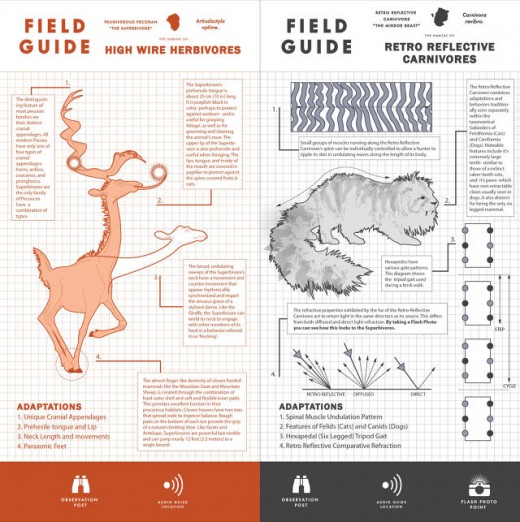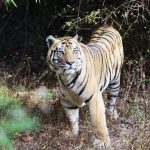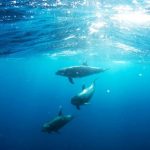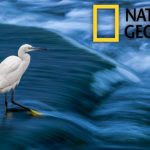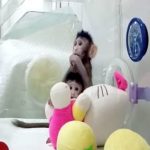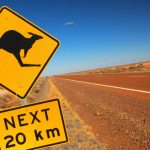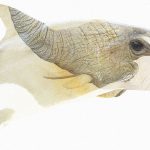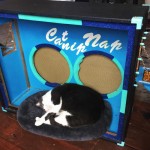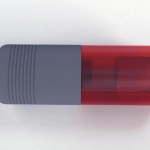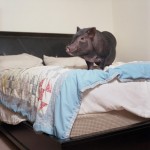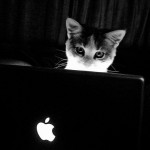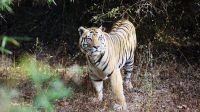on this Zoo Of the longer term, all the Animals Are Genetically Modified Mutants
If flora and fauna goes extinct, in all probability we can preserve its essence in a menagerie of worrying new creatures.
April three, 2015
With species now disappearing 1,000 occasions sooner than the natural price, it can be now not hard to think about a close to future when the only surviving gorillas, leopards, and elephants live in zoos. Some animals will seemingly change into extinct even in captivity. a brand new art venture considers an alternative: What if humans became to artificial biology to preserve certain key traits of disappearing animals?

In clothier Kathryn Fleming‘s imaginary zoo of the longer term, an important-horned “superbivore” has been engineered to combine the features of four animals, its robust rock-climbing hoofs now tailored to walk between rocks on wires. meanwhile, a retro-reflective carnivore combines characteristics of cats and canines, with a new reflective fur that flashes in the dark. As guests walked during the zoo, they’d get a tour of pure adaptations of the prior, with an introduced dose of the probabilities of synthetic biology.
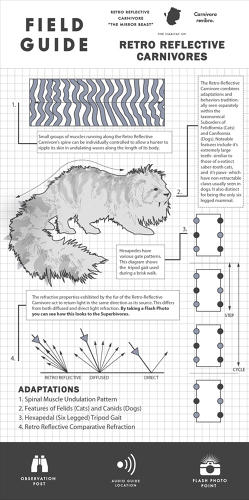
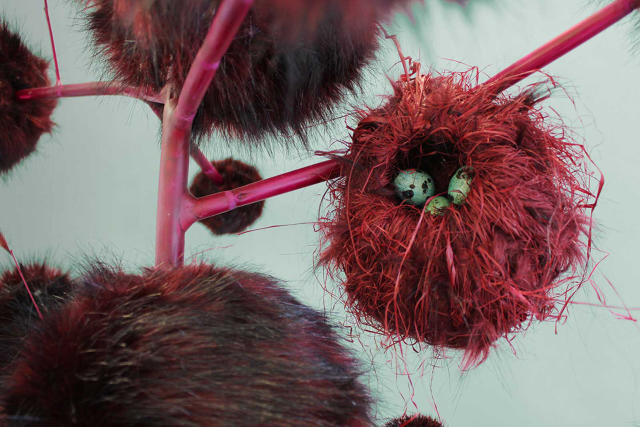
The creatures could appear superbly not likely to ever exist, however Fleming wants to make a point: We’re already changing nature, and possibly we should suppose extra carefully about how we’re doing it.
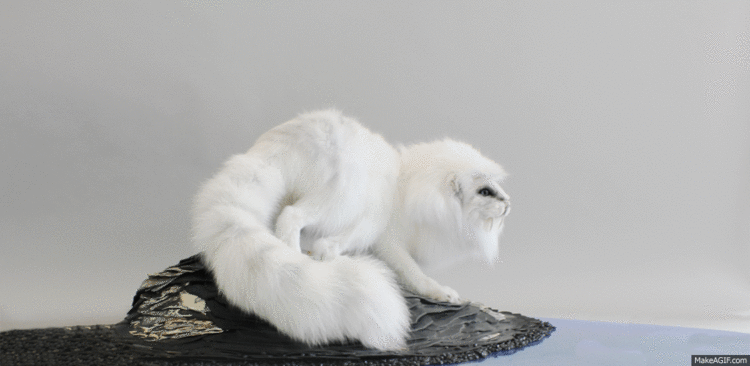

“individuals don’t take into consideration the fact that every apple that you eat and every animal you come across in your daily lifestyles is one thing that is been specifically bred and already engineered with sure traits,” she says. “i feel everybody needs to take a step again and redefine what we expect is natural, at this moment.”



Apples, as Michael Pollan wrote in The Botany of desire, weren’t sweet unless humans bred them to be. dog breeds failed to exist. “folks had never viewed a teacup poodle earlier than one hundred years ago,” says Fleming. “We’re making nature. but how do we need to make it? that is what i would like my work to ask folks to take into accounts.”
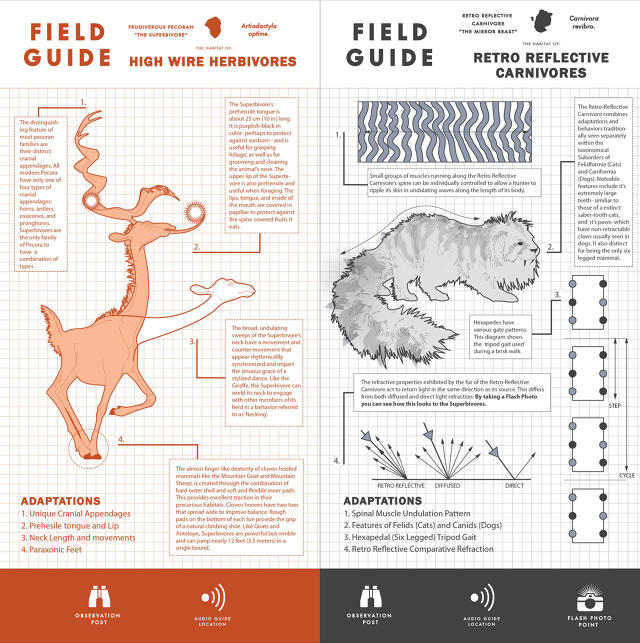
current zoos additionally manipulate nature, Fleming says. “every zoo has what’s often called a species survival plan. there’s a neighborhood of people who meet yearly to investigate the genetic diversity of the population and make a decision which animals in captivity will mate with each and every different so the offspring have the best likelihood of survival. So we’re bringing all of those creatures collectively virtually to freeze evolution. it is no longer like by means of holding zoos as they are we are not influencing nature. We in reality are, we’re just doing it in this sort of unproductive method, i think.”
working on the challenge as a student at the Royal school of artwork in London, Fleming studied with a taxidermist to create the fashions of her imaginary animals. “I in reality assume that the method of doing taxidermy takes these form of summary concepts about design and biology and can make them into something that’s extra tangible,” she says. “It makes folks confront what we’re actually already doing. look at a breed of cow known as the Belgian Blue—I highly counsel Googling a picture of that, as a result of it’s very annoying. that is what we’re already doing to animals.”
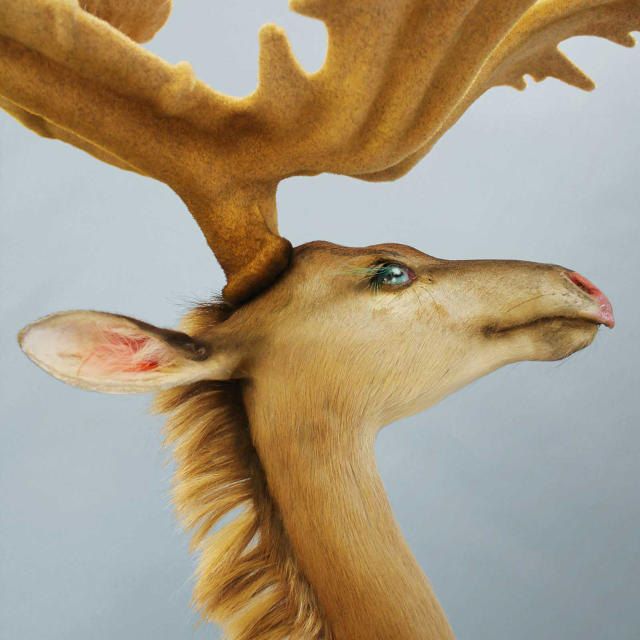
different organizations, like the lengthy Now basis, are already trying to “de-extinctify” animals like the passenger pigeon by means of inserting genes in living species like the rock dove. “everyone’s speaking about bringing again the woolly big or the passenger pigeon,” Fleming says. “i feel like it’s just otherwise of packaging artificial biology, however in a method that’s digestible to people as a result of they know what a passenger pigeon is. If we begin telling them we’re going to create a unusual giraffe, they may be now not as certain. however it’s the identical technology and for the same purpose.”
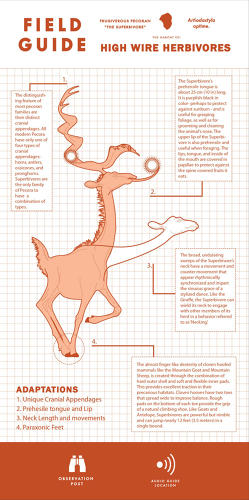
ultimately, Fleming hopes her work helps open minds about what artificial biology can do. “i do not see know-how as being both excellent or bad,” she says. “it’s in point of fact about how our human creativeness informs the way in which that we’re going to use it. My work is attempting to encourage us to imagine totally different possibilities. i don’t suppose that as a result of we all at once have this capability we’ll go down one specific track—it opens up a complete variety of possible futures for us.”


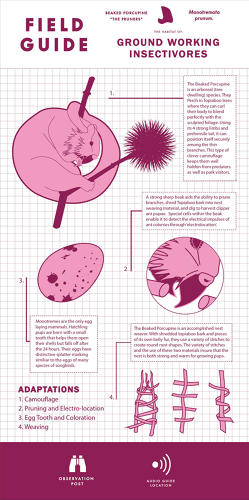
Artists and designers, she thinks, have a job to play in helping society think about science. “In humanities, individuals are fascinated about fiction, and potentialities, and science is so yes,” Fleming says. “i feel these two issues want to come together.”

[All Images: Kathryn Fleming]
fast company , , read Full Story
(248)

